Post-Purchase Optimisation for Customer Retention
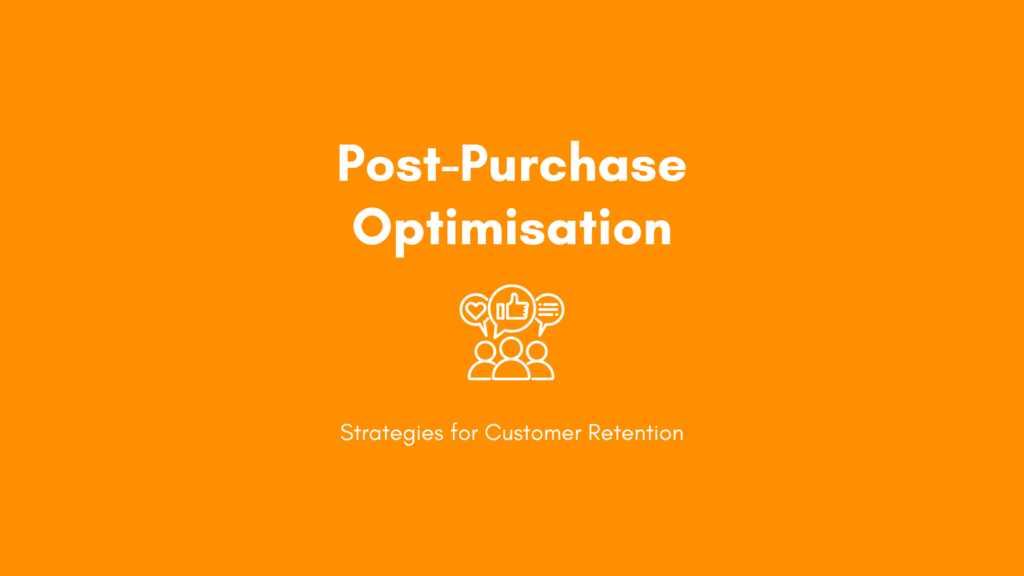
Post-purchase optimisation isn’t just a buzzword; it’s a strategic imperative for businesses striving to build enduring relationships with their customers. Beyond the initial sale lies a vast realm of opportunities to enhance customer satisfaction, foster loyalty, and drive long-term profitability. In this comprehensive guide, we’ll delve into the essence of post-purchase optimization and explore actionable strategies to bolster customer retention, ensuring your business thrives in the competitive landscape.
Importance of Customer Retention:

Customer retention refers to the ability of a business to retain its existing customers over a specified period. It is a key metric that directly impacts the long-term success and profitability of a company. Studies have shown that acquiring new customers can be up to five times more expensive than retaining existing ones. Moreover, loyal customers tend to spend more, refer others to the business, and are less sensitive to price fluctuations, making them valuable assets for sustainable growth.
Understanding Post-Purchase Optimisation:
Post-purchase optimisation involves a series of actions and strategies implemented by businesses to ensure that customers are satisfied with their purchase experience and continue to engage with the brand over time. It goes beyond the initial transactional phase and encompasses various touchpoints in the customer journey, including customer support, product usage, feedback mechanisms, and loyalty programs.

Strategies for Post-Purchase Optimisation and Customer Retention:
1. Personalised Communication:
Personalised communication has become an indispensable tool for businesses seeking to establish meaningful connections with their customers. By leveraging the wealth of data at their disposal, companies can tailor their messages to cater to the unique preferences and behaviours of each individual.
Whether through email, SMS, or push notifications, the ability to deliver hyper-targeted content ensures that customers feel valued and understood. This personalised approach goes beyond mere customisation; it fosters a sense of connection and relevance that resonates long after the initial purchase, driving increased engagement and loyalty.

Leading brands like Amazon and Spotify exemplify the transformative impact of personalised communication on customer retention. Through sophisticated recommendation algorithms, Amazon delivers tailored product suggestions based on users’ browsing and purchasing history, enhancing the overall shopping experience.
Similarly, Spotify leverages data analytics to curate personalised playlists that cater to each user’s musical tastes and mood preferences. By continuously refining and personalising their offerings, these companies not only deepen customer engagement but also cultivate a loyal customer base that remains committed to their brand.

2. Seamless Customer Support:
Seamless customer support is a pivotal component of any successful post-purchase optimisation strategy, as it directly impacts customer satisfaction and loyalty. According to research by PwC, 73% of consumers point to customer experience as a key factor influencing their purchasing decisions.
Investing in robust customer support infrastructure not only addresses post-purchase queries and concerns promptly but also showcases a commitment to customer-centricity. By offering multi-channel support options, including live chat, phone support, and AI-powered chatbots, businesses cater to diverse communication preferences and ensure accessibility across various touchpoints in the customer journey.

Moreover, seamless customer support doesn’t just resolve issues; it cultivates a sense of trust and confidence in the brand. Statistics from Microsoft indicate that 96% of consumers say customer service plays a crucial role in their loyalty to a brand. By prioritising problem resolution and demonstrating responsiveness, businesses not only address immediate concerns but also lay the groundwork for long-term relationships with customers.
Brands like Apple excel in this regard, offering various channels like in-store appointments, phone, chat, and email. Programs like AppleCare extend coverage, instilling confidence. With expert assistance, Apple sets a high standard in customer support, setting an industry benchmark.
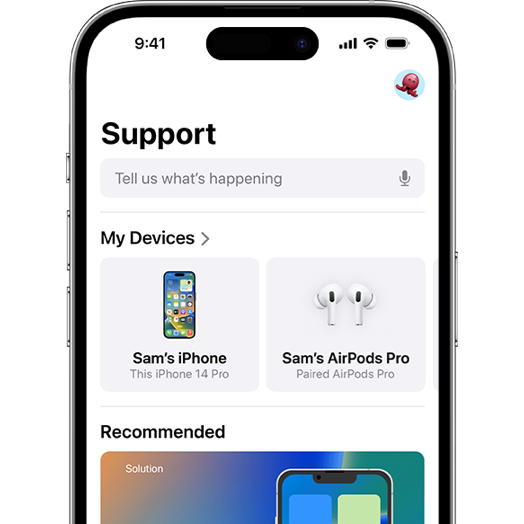
3. Proactive Post-Purchase Surveys:
Proactive post-purchase surveys serve as invaluable tools for businesses seeking to gain deeper insights into their customers’ experiences and preferences. According to research conducted by Qualtrics, 86% of consumers are willing to pay more for a better customer experience. By initiating post-purchase surveys, companies demonstrate a proactive commitment to understanding their customers’ needs and preferences, thus laying the groundwork for meaningful improvements.
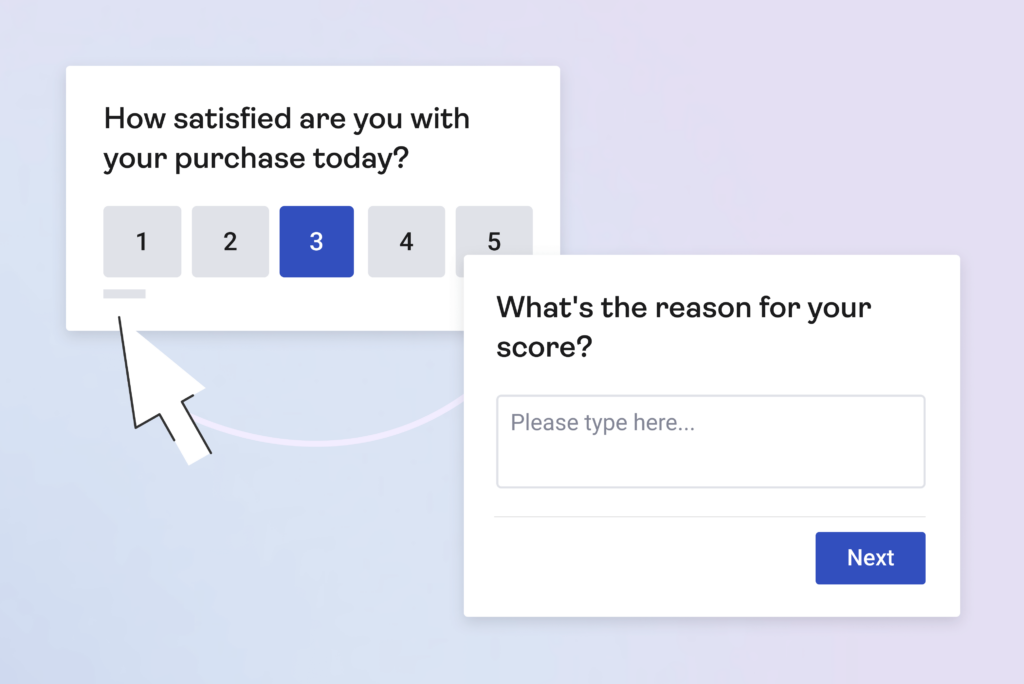
These surveys can encompass a range of topics, including product satisfaction, shipping experience, customer service interactions, and overall brand perception. By employing a mix of quantitative metrics, such as Net Promoter Score (NPS) or Customer Satisfaction (CSAT), alongside qualitative insights gleaned from open-ended questions, businesses can gain a comprehensive understanding of customer sentiment and identify specific pain points or areas for enhancement.
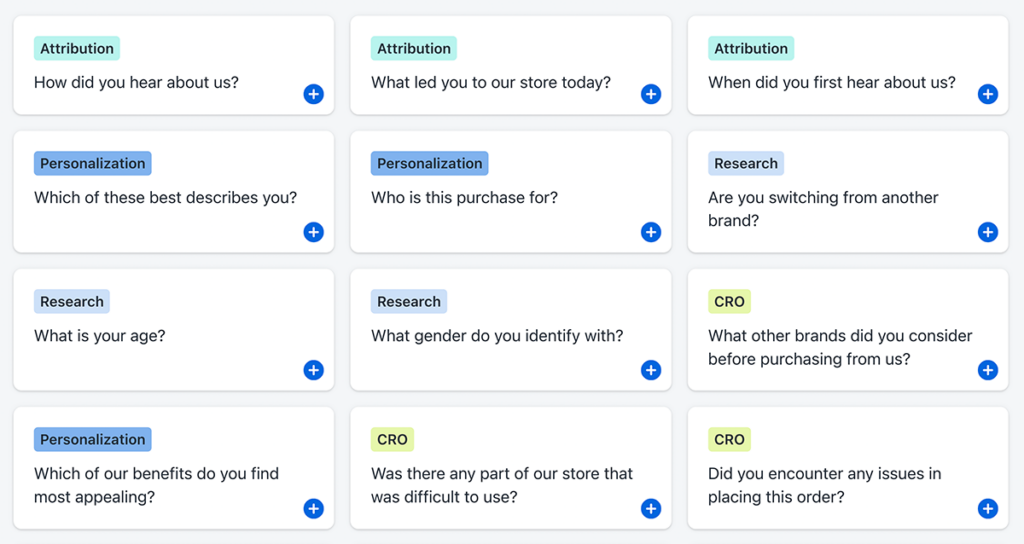
One notable example of proactive post-purchase survey implementation comes from Airbnb, a global hospitality marketplace. Following each guest stay, Airbnb sends out a post-stay survey to collect feedback on various aspects of the experience, including accommodation quality, cleanliness, and host communication. By actively soliciting feedback from guests, Airbnb demonstrates a commitment to continuous improvement and ensures that both hosts and guests have a voice in shaping the platform’s offerings.
This proactive approach not only fosters greater transparency and trust but also enables Airbnb to iterate and refine its services based on real-time customer insights. Through the implementation of post-purchase surveys, Airbnb has cultivated a strong sense of community and collaboration, driving sustained growth and customer loyalty in the competitive travel industry.
4. Strategic Loyalty Programs:
Strategic loyalty programs serve as powerful tools for businesses to not only encourage repeat purchases but also foster lasting relationships with their customer base. According to research conducted by Accenture, 77% of consumers participate in loyalty programs, demonstrating the widespread appeal and effectiveness of such initiatives. By offering tangible rewards and incentives for continued patronage, businesses can effectively drive customer retention and increase customer lifetime value.
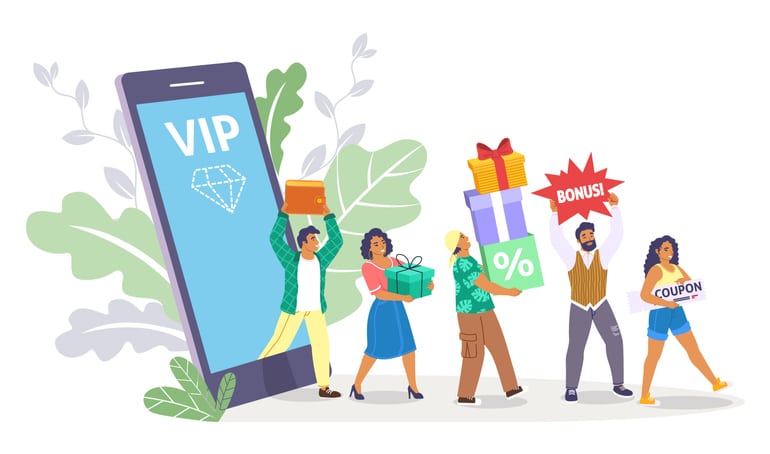
One exemplary case of a strategic loyalty program is Starbucks’ renowned Starbucks Rewards program. With over 19 million active members in the United States alone, Starbucks Rewards has become a cornerstone of the company’s success.
The program utilises a points-based system, where customers earn stars for every purchase, leading to various tiers of membership with escalating benefits. By offering perks such as free drinks, birthday rewards, and personalised offers, Starbucks creates a sense of exclusivity and appreciation among its loyal customers, driving both engagement and sales.
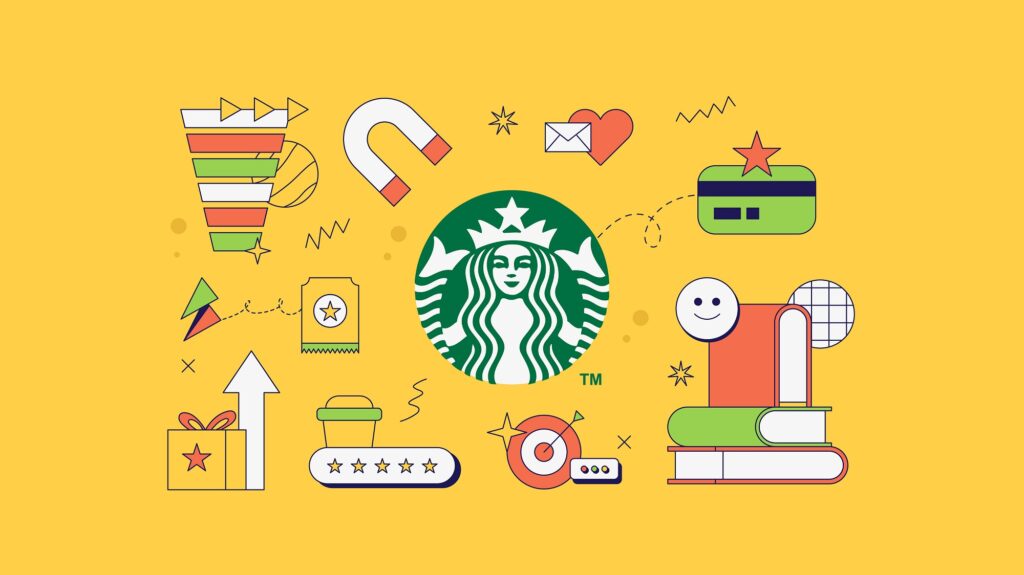
5. Targeted Upselling and Cross-Selling:
Targeted upselling and cross-selling represent sophisticated strategies that capitalise on customer data to drive additional revenue and enhance the overall customer experience. By harnessing the power of data analytics and predictive modelling, businesses can uncover valuable insights into customer behaviour and preferences.
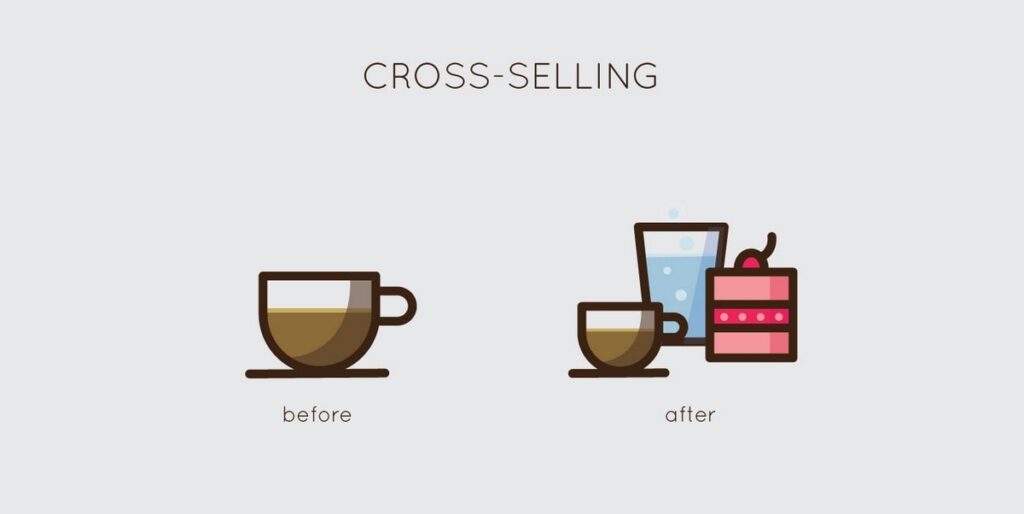
For instance, according to a report by McKinsey, companies that effectively leverage customer data see a 15% to 20% increase in revenue and a 10% to 15% reduction in costs. By analysing past purchase history, browsing behaviour, and demographic information, businesses can identify opportunities to upsell complementary products or cross-sell relevant upgrades, thereby maximising the value of each transaction.
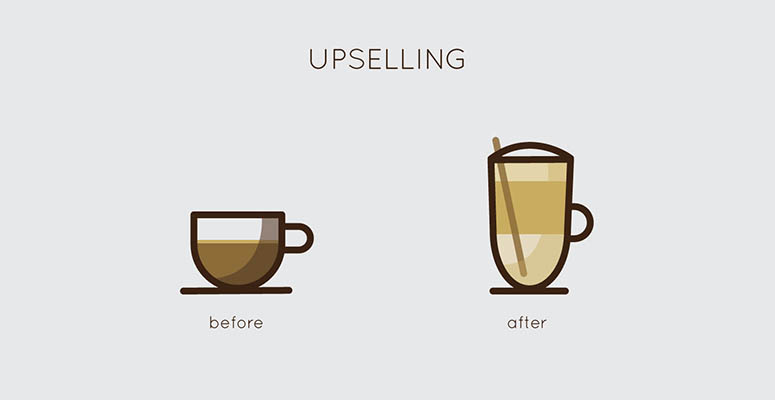
A prime example of targeted upselling and cross-selling in action can be observed in the e-commerce sector. Retail giants like Amazon and eBay utilise sophisticated recommendation algorithms to suggest products based on users’ browsing and purchasing history. Amazon’s “Customers who bought this item also bought” feature and eBay’s “Frequently bought together” recommendations are prime examples of how data-driven insights can drive incremental sales.
These platforms leverage behavioural data to anticipate customer needs and present tailored recommendations at opportune moments in the customer journey, resulting in higher conversion rates and increased customer satisfaction. By delivering personalised product suggestions, businesses not only enhance the value proposition for customers but also strengthen brand loyalty and retention in the long run.
6. Cultivating Community Engagement:
Creating avenues for community engagement is essential for fostering a strong sense of belongingness and loyalty among customers. Online forums, social media groups, and user-generated content platforms serve as virtual meeting places where customers can connect with each other and with the brand on a deeper level. Statistics from Sprout Social indicate that 64% of consumers want brands to connect with them, and building a community provides a platform for such interactions.

Moreover, fostering peer-to-peer interactions within the community encourages brand advocacy and word-of-mouth referrals, which are powerful drivers of customer acquisition and retention. According to Nielsen, 92% of consumers trust recommendations from friends and family more than any other form of advertising. By facilitating meaningful connections and shared experiences, businesses can amplify positive word-of-mouth and cultivate a loyal customer base.
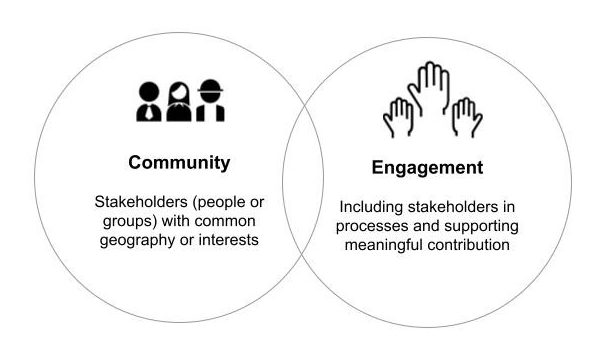
For instance, outdoor retailer REI has built a vibrant community around its brand, with members sharing hiking trails, camping tips, and gear recommendations. This sense of camaraderie not only strengthens customer relationships but also reinforces the brand’s positioning as a trusted authority in the outdoor industry.
Conclusion
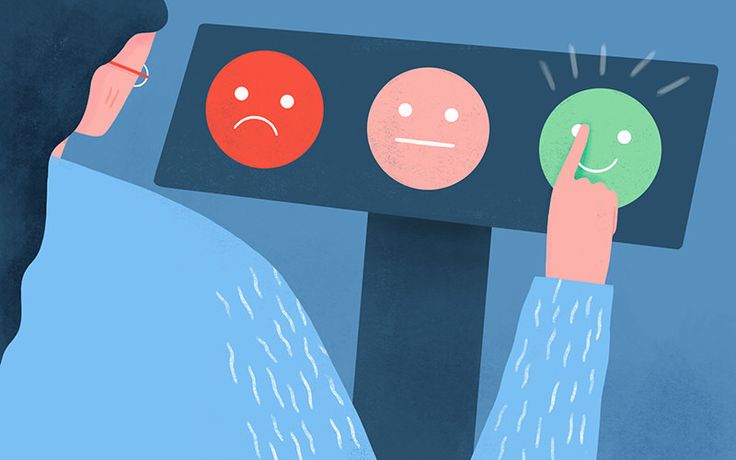
In essence, post-purchase optimisation is the linchpin of effective customer retention strategies, fueling sustained growth and profitability. By embracing personalised communication, seamless support, proactive feedback mechanisms, strategic loyalty initiatives, targeted recommendations, and community building efforts, businesses can forge enduring bonds with their customers. Remember, customer retention isn’t just a metric; it’s a testament to your brand’s ability to deliver value and forge meaningful connections in an increasingly competitive landscape. Embrace the journey of post-purchase optimization, and watch your customer relationships flourish, propelling your business to new heights of success.






